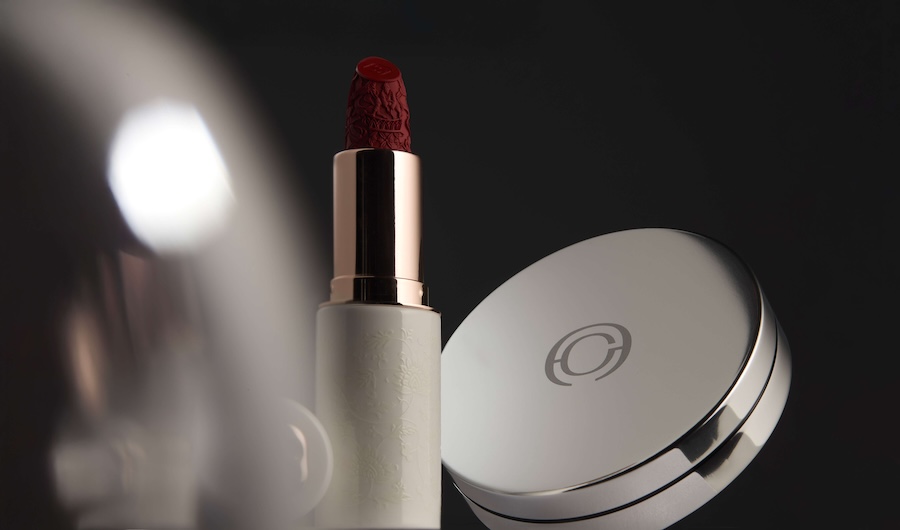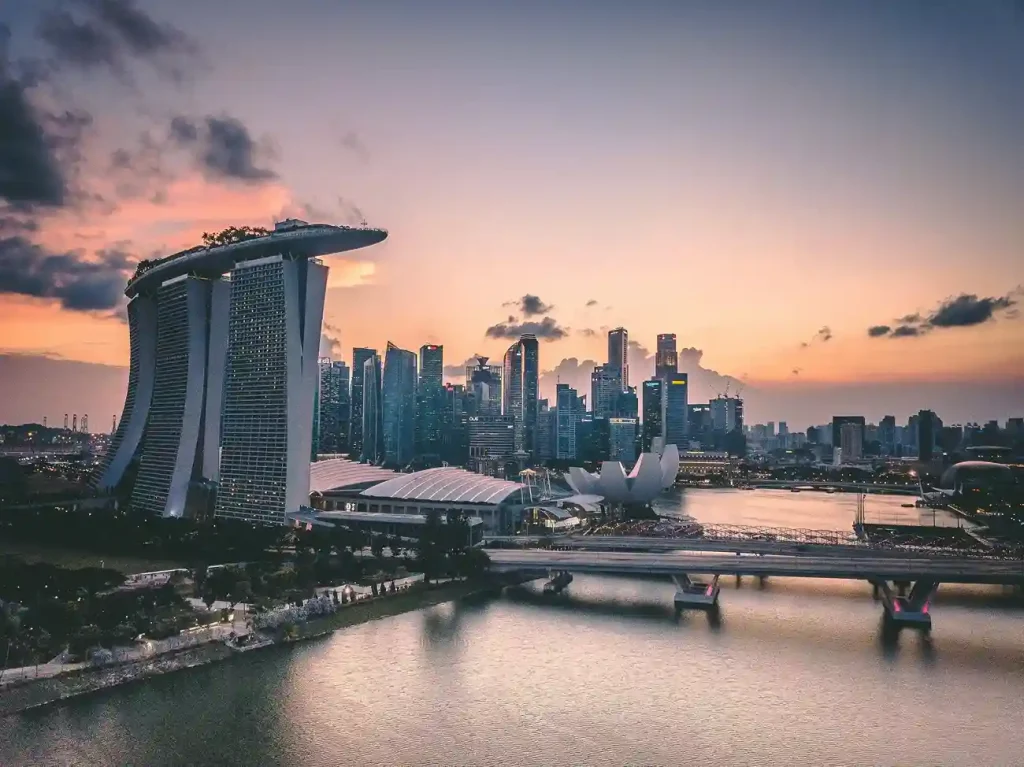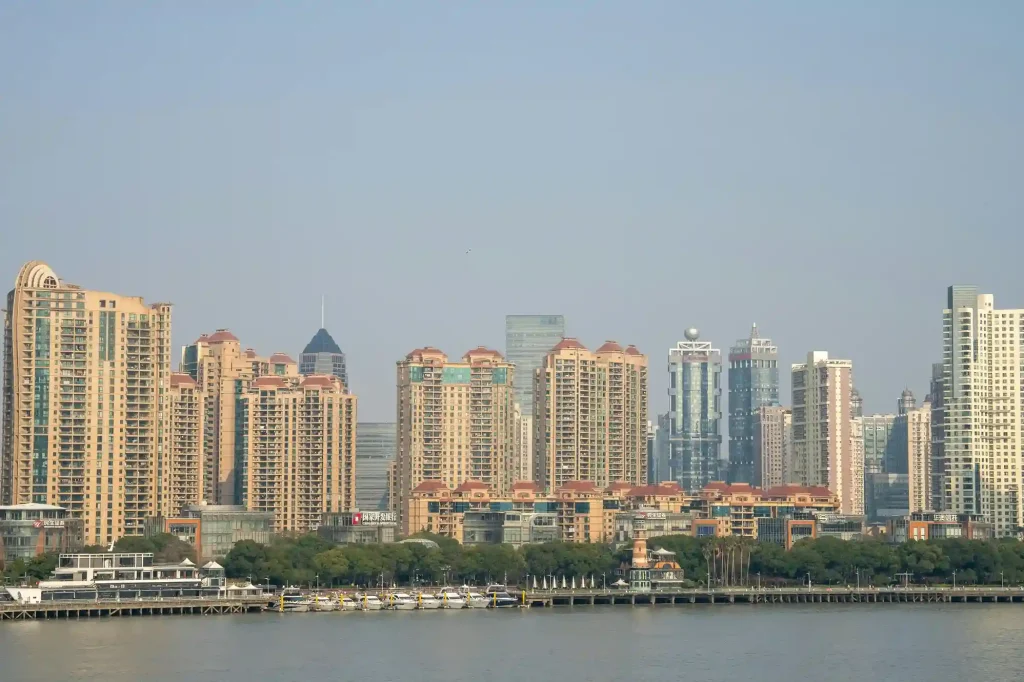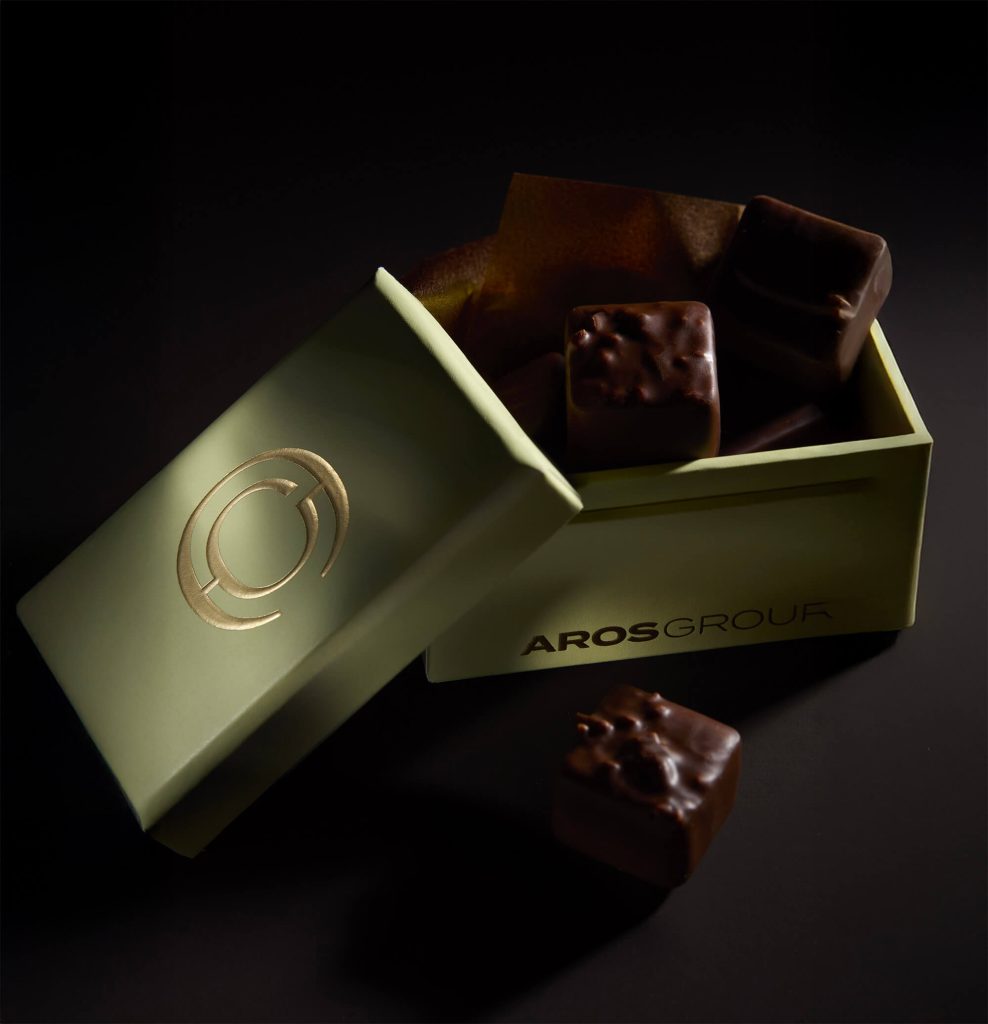In the world of cosmetics, and even more so in the luxury segment, packaging has always played a central role. It embodies the first impression, the visual and tactile signature of a brand.
Today, however, expectations have evolved: beauty can no longer ignore its responsibility to the planet. Confronted with consumers seeking purpose, increasingly strict environmental regulations, and heightened competition, cosmetic brands are turning toward eco-designed packaging.
This transformation doesn’t diminish desirability or aesthetics, it redefines innovation: how can we create sustainable cosmetic packaging that preserves the luxury experience while respecting the environment?
Key takeaways:
- Consumers demand more transparency, while international regulations accelerate the phase-out of single-use packaging.
- Eco-responsible packaging has become a lever for differentiation and storytelling in luxury cosmetics.
- AROS Group supports cosmetic houses through this transition.
Sustainable packaging: a shift driven by multiple expectations
Consumers seeking meaning
The rise of ethical and environmental values has transformed the cosmetics industry. Today, 67% of French consumers prefer brands committed to sustainability.*
Choosing a refillable lipstick or a cream in recyclable packaging is no longer a detail; it’s an expression of conscious consumption without sacrificing pleasure.
Responsibility is no longer an added value; it’s an expected standard.
Environmental regulations
Beyond consumer expectations, legislation is enforcing a structural shift. European directives on plastic reduction, recycled materials, and environmental traceability leave no room for delay.
Brands that fail to anticipate these changes risk falling behind quickly.
For the beauty sector, the challenge is twofold: comply with regulatory requirements while turning these constraints into creative opportunities. In this sense, eco-designed cosmetic packaging becomes a strategic tool, capable of reconciling legal obligations with brand enhancement.
Brand image and reputation
Packaging is a product’s first showcase. It reflects the brand’s personality, creativity, and values. In a competitive market, offering luxury recyclable packaging isn’t just an ecological constraint, it’s a storytelling opportunity.
Brands that successfully combine aesthetics, innovation, and sustainability create an additional emotion: the pride of owning a product aligned with modern values. They prove that an object can be both desirable and responsible, strengthening their appeal.
Sustainable packaging innovations already on the market
Recycled and bio-based materials
Using recycled materials in packaging design has become a natural choice. Premium recycled glass, bio-based plastics, and FSC-certified papers help reduce the use of virgin resources while maintaining a high-end aesthetic.
These alternatives open new creative avenues; though they require specific expertise to ensure consistency, durability, and perceived quality.
The return of refillable cosmetics
Refillable cosmetics packaging is booming: removable-capsule cream jars, refillable makeup sticks, or bottles with integrated refills. These innovations win over consumers while drastically reducing environmental impact.
In luxury, refilling becomes a ritual; keeping a beautiful case and giving it new life with every use deepens brand attachment and prolongs the customer experience.
Eco-design and circularity
Eco-responsible packaging is designed from the outset to minimize its impact throughout its life cycle: lighter weight, optimized volumes, reduced transport footprint.
Circularity is now a major goal; creating packaging that, once its purpose is fulfilled, re-enters another production cycle.
Sustainable finishes
Refinement doesn’t disappear with sustainability; it evolves. Plant-based inks, low-impact varnishes, and lightweight metallization enable elegant, recyclable luxury packaging that respects the planet.
These technical innovations pave the way for a refined, understated luxury aligned with today’s environmental values.
AROS Group: Where elegance meets sustainability
Multi-material expertise
At AROS Group, designing sustainable cosmetic packaging is an art of balance between aesthetics and responsibility.
With mastery of glass, metal, wood, creative paper, and hybrid processes, AROS develops bespoke solutions where every material is carefully chosen for its performance and environmental footprint.
Tailored guidance
From intuition to execution, AROS Group guides brands through a six-step creative process. Each package becomes a signature object, a sensory and sustainable story.
AROS’s rigorous yet sensitive approach ensures packaging that respects the codes of luxury while embedding brands in a responsible journey.
A committed vision
Sustainability is not a marketing argument for AROS Group, it’s a strategic foundation. Every project integrates waste reduction, energy optimization, and circular solutions.
The goal: to craft objects that captivate through their beauty and inspire through their meaning.
Eco-designed cosmetic packaging is now essential. It answers consumer expectations, regulatory requirements, and environmental urgency. But above all, it offers brands a new field of differentiation: proving that elegance and responsibility can coexist in the same case.
With AROS Group, cosmetic houses gain a partner capable of designing packaging that is durable, desirable, and meaningful; because the future of luxury will be built on objects that tell both the story of a brand and its commitment to the planet.
* Source: YouGov study, February 21, 2023



